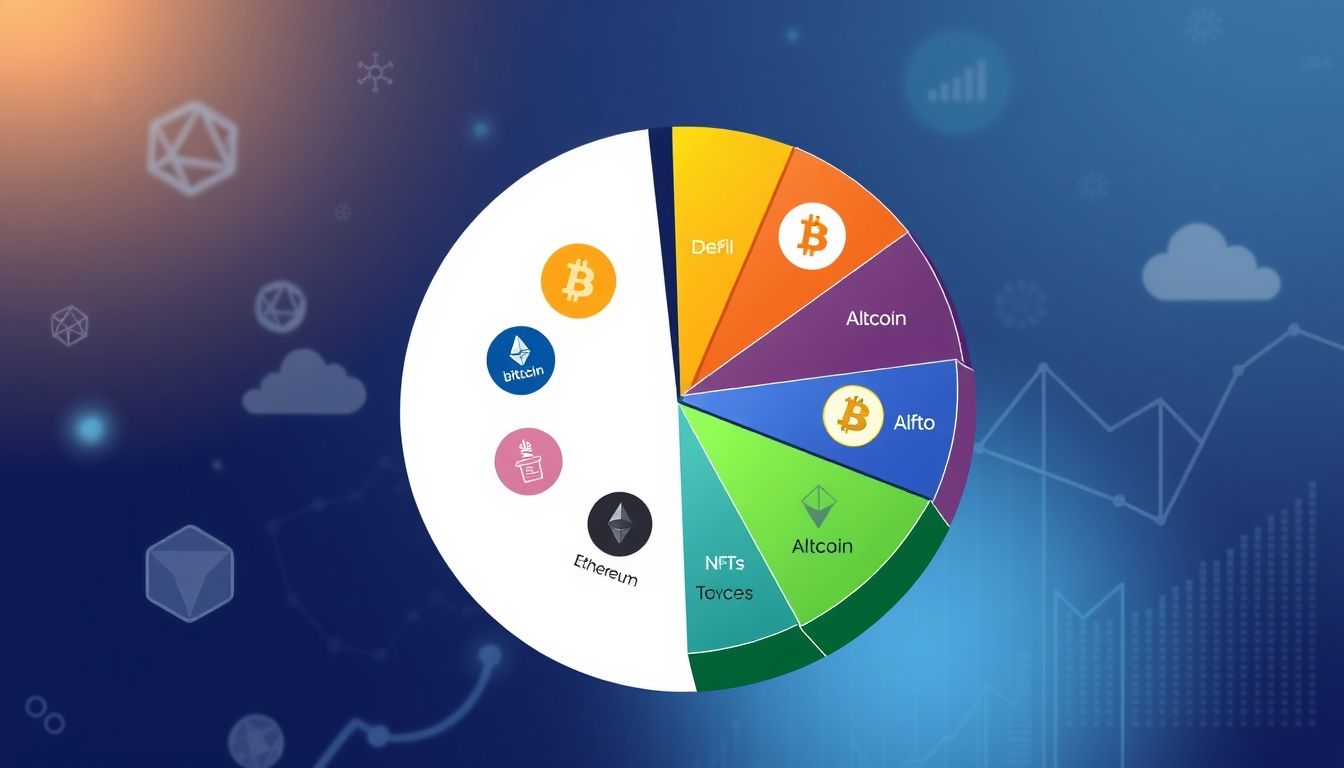Arab Central Bank Digital Currencies: A Window to the Future of Islamic Finance?
The world is witnessing a rapid digital transformation in the field of finance and business, and Central Bank Digital Currencies (CBDCs) are emerging as one of the most prominent manifestations of this transformation. While central banks around the world are exploring the potential of this technology, these currencies are gaining special importance in the Arab world, where they intersect with the principles of Islamic finance and the aspirations of Arab countries towards enhancing financial inclusion and sustainable economic development.
Chapter 1: What are Central Bank Digital Currencies (CBDCs)?
Central Bank Digital Currencies are a digital form of national currency, issued and managed by central banks. They differ from cryptocurrencies such as Bitcoin, which rely on decentralized blockchain technology and are not subject to the control of any central authority. CBDCs have many potential advantages, including:
- Efficiency: Can reduce transaction costs and speed up payment processes.
- Financial Inclusion: Can reach populations that do not deal with traditional banks.
- Innovation: Can stimulate the development of new and innovative financial services.
- Security: Can provide a more secure alternative to physical cash.
Chapter 2: Islamic Finance and Digital Currencies: Compatibility or Conflict?
The concept of CBDCs raises questions about their compatibility with the principles of Islamic finance, which prohibit riba (interest), maisir (gambling), and gharar (uncertainty). On the one hand, digital currencies can support Islamic finance by:
- Facilitating Transactions: Digital payments can facilitate Islamic finance operations, such as murabaha and ijara.
- Increasing Transparency: Can provide transparent and auditable transaction records.
- Expanding Reach: Can reach customers in remote areas or those who do not deal with traditional banks.
On the other hand, there are some challenges that must be addressed to ensure compliance with Sharia law, such as:
- Riba: Ensuring that digital currencies are not used in usurious transactions.
- Gharar: Avoiding the use of digital currencies in transactions involving high risks or uncertainty.
- Oversight: Establishing effective oversight mechanisms to ensure compliance with the principles of Sharia law.
Chapter 3: Efforts of Arab Central Banks in the Field of Digital Currencies
Many Arab central banks are adopting a cautious but increasingly interested approach towards digital currencies. Some examples:
- United Arab Emirates: Launched the "mBridge" project in cooperation with other central banks to explore the use of digital currencies in cross-border payments.
- Saudi Arabia: Conducting studies on the possibility of issuing its own digital currency.
- Egypt: Studying the possibility of using digital currencies to enhance financial inclusion.
Chapter 4: Potential Benefits for Arab Economies
CBDCs can bring significant benefits to Arab economies, including:
- Enhancing Financial Inclusion: Reaching populations that do not deal with traditional banks.
- Reducing Dependence on Cash: Reducing the costs of printing, distributing, and managing cash.
- Improving Payment Efficiency: Speeding up payment processes and reducing costs.
- Combating Money Laundering and Terrorism Financing: Providing transparent and auditable transaction records.
- Attracting Foreign Investments: Enhancing confidence in the financial system.
Chapter 5: Challenges Facing the Implementation of Digital Currencies in the Arab World
Despite the potential benefits, there are many challenges facing the implementation of digital currencies in the Arab world, including:
- Technological Infrastructure: The need for a strong and reliable digital infrastructure.
- Digital Literacy: The need to raise the level of digital literacy among the population.
- Legal and Regulatory Frameworks: The need to develop clear legal and regulatory frameworks.
- Cybersecurity: Protecting digital currencies from cyber attacks.
- Compliance with Sharia Law: Ensuring compliance with the principles of Islamic finance.
Chapter 6: The Role of Financial Technology (FinTech)
FinTech companies play a crucial role in the development and implementation of CBDCs. FinTech companies can provide innovative solutions to challenges such as:
- Developing secure and easy-to-use digital wallets.
- Providing digital payment services.
- Developing regulatory compliance solutions.
- Providing education and training on digital currencies.
Chapter 7: Impact of Digital Currencies on Traditional Banks
CBDCs may have a significant impact on traditional banks. Banks may need to adapt their business models to meet changing customer needs, such as:
- Offering new digital services.
- Investing in technology.
- Collaborating with FinTech companies.
Chapter 8: The Future of Digital Islamic Finance
CBDCs can play a pivotal role in the future of digital Islamic finance. They can help in:
- Expanding access to Islamic financial services.
- Improving the efficiency of Islamic transactions.
- Attracting the younger generation to Islamic finance.
Chapter 9: Potential Scenarios
There are several possible scenarios for the future of CBDCs in the Arab world:
- Scenario 1: Some Arab countries fully adopt digital currencies, while others remain hesitant.
- Scenario 2: A common regional digital currency is developed between several Arab countries.
- Scenario 3: Digital currencies remain in the experimentation and study phase without widespread adoption.
Chapter 10: Recommendations for Decision Makers
To maximize the benefits of CBDCs, decision-makers in the Arab world should:
- Develop clear strategies for digital currencies.
- Invest in technological infrastructure.
- Raise the level of digital literacy among the population.
- Develop clear legal and regulatory frameworks.
- Collaborate with FinTech companies.
- Ensure compliance with the principles of Sharia law.
Conclusion: CBDCs hold tremendous potential to transform the financial landscape in the Arab world, but they must be approached with caution and careful planning to ensure maximum benefit and avoid potential risks.




